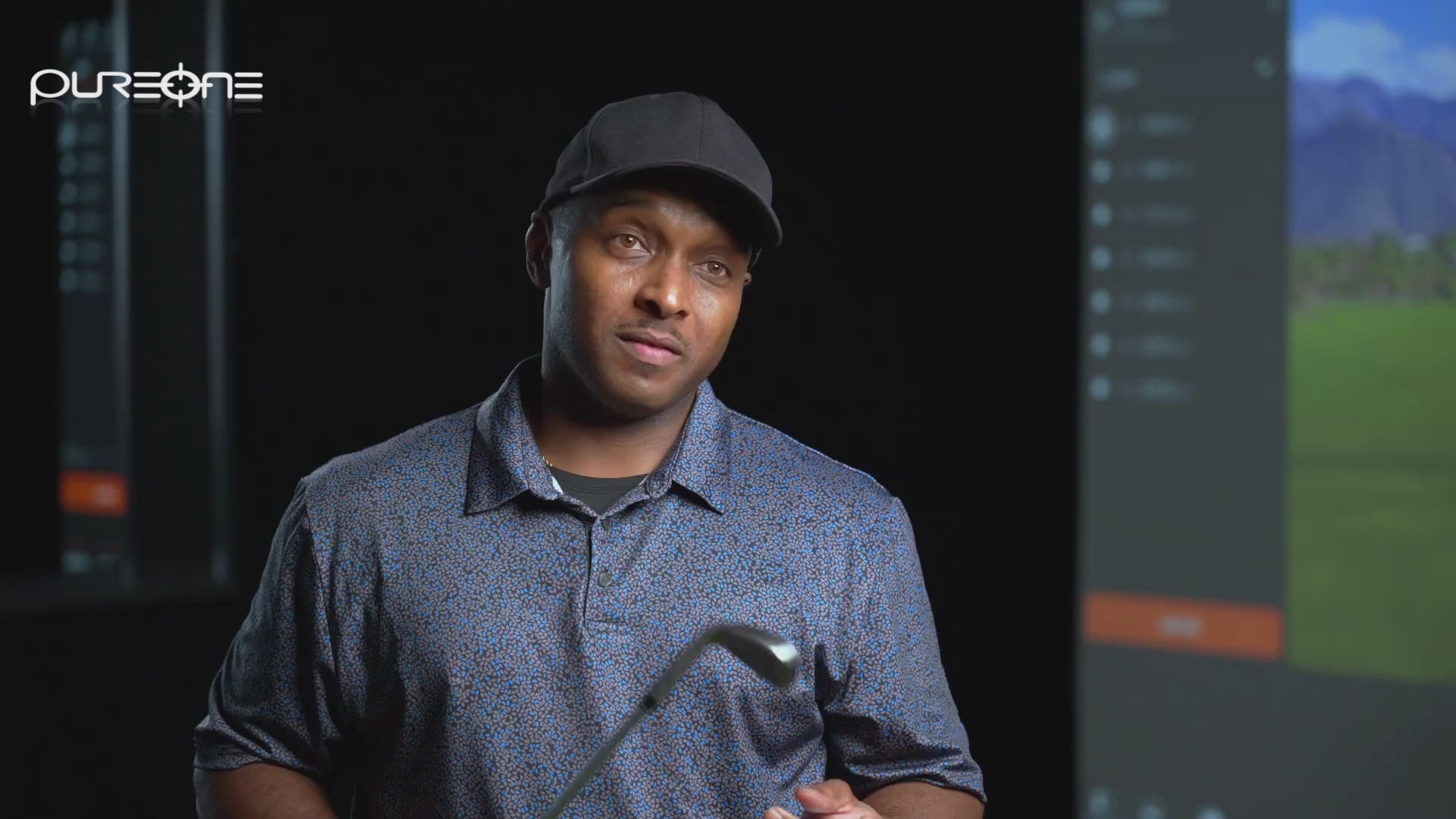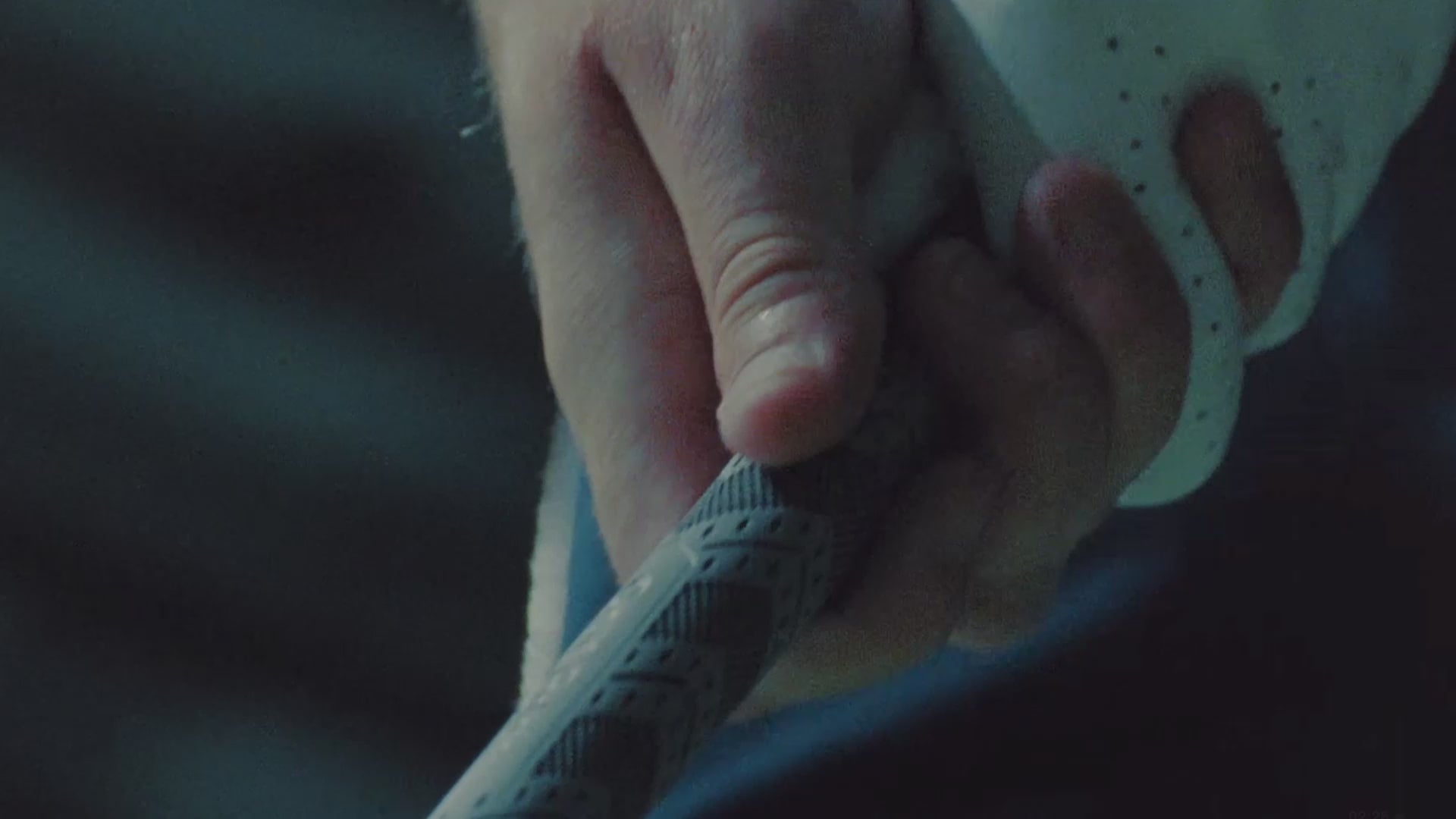The Easy Trick To Master Golf Swing Tempo (and Crush Inconsistency)
Jun 13, 2025
Some of the most consistent golfers I know actually count during their golf swing. It's nothing complicated, just some simple counting that keeps their golf swing tempo smooth and repeatable.
I know what you're thinking. "great, another swing thought to clutter up my head," but stick with me here, because this isn't about adding complexity.
You've probably experienced something like this before while using your PureOne Golf practice club on the driving range: An effortless swing rhythm that allows you to stay in proper sequencing in order to hit purer, straighter, more solid golf shots.
After some great driving range practice, you head to the first tee and, boom, that smooth swing of yours now feels rushed, jerky, and completely out of sync. What happened to that smooth tempo you had just five minutes ago?
The problem isn't your swing mechanics, it's that you lost your rhythm the moment any pressure entered the picture. Your body sped up, your timing got rushed, and all that smooth swing tempo went out the window.
Why Most Players Speed Up the Golf Swing Tempo Under Pressure
The biggest enemy of good golf swing tempo isn't poor mechanics, it's adrenaline and golf anxiety.
I had this golf student a few years back who had one of the smoothest swings I'd ever seen during lessons. His swing rhythm was like clockwork, and he struck the ball beautifully when we were working together. But the moment he got into a competitive situation — even just a casual golf trip with his buddies — his tempo would go completely haywire.
He'd rush his backswing, flip at the ball, and turn smooth draws into wild slices. It wasn't a technique problem, his swing was fine. The issue was that pressure made him lose the natural timing that made his swing work in the first place.
Here's a hard truth: Swing tempo is more important than perfect positions. You can have textbook mechanics, but if your timing is off, you're going to struggle with consistency. Meanwhile, golfers with unconventional swings can play great golf for decades because they've learned to repeat their natural rhythm.
The Benefits of Counting Your Golf Swing Tempo
So what's the secret to mastering consistency? Try using an easy counting system to your golf swing tempo, which is much simpler than you might think.
First, counting gives your mind something productive to focus on. Instead of thinking about all the things that could go wrong with your swing, you're focused on maintaining a smooth rhythm. It's amazing how much better you swing when your brain isn't trying to micromanage every position.
Second, counting creates a consistent backswing length. Most golfers have no idea how long their backswing should be, so it changes constantly based on how they're feeling. When you count your swing tempo, your backswing naturally finds the same length every time because the rhythm stays constant.
Third, counting prevents the dreaded quick transition. You know that feeling when you rush from backswing to downswing and everything falls apart? When you're counting your tempo, it's almost impossible to make that abrupt transition because the rhythm won't let you.
Fourth, it works under pressure. This is the big one, because when adrenaline kicks in and your heart rate goes up, having that simple counting system gives you something familiar to fall back on. Your golf swing tempo stays smooth — even when everything else feels chaotic.
A Simple Counting System That Actually Works
Now that you know the benefits of using a counting system, here's a trusted system that will give you better ball-striking results in no time.
Start by making some practice swings and just feel your natural rhythm. Don't try to change anything, just swing the club back and through at whatever pace feels comfortable. Most golfers have a pretty good natural tempo when they're not overthinking it.
While you're making those practice swings, try counting "one-two" with your swing. "One" should cover your entire backswing — from the takeaway to the top. "Two" should cover your downswing and follow-through. The key is to match your natural timing, not to force the swing to match some predetermined count.
For most golfers, this ends up being about a two-second backswing and a one-second downswing — but don't get hung up on exact timing. The goal is finding a count that matches your natural swing rhythm and then sticking with it.
Some of my students prefer "one-and-two," which gives them a little pause at the top. Others like "back-and-through." There's no one-size-fits-all approach, so whatever counting system feels natural and helps you maintain a smooth golf swing tempo is the one to go with.
Practice this counting system while warming up with a PureOne Golf practice club, then use it on the course whenever you feel your tempo getting quick — or when you're facing a pressure shot.
Making the Rhythm Reset Your Default
The hardest part about implementing a counting system to dial in your golf swing tempo isn't learning it, it's trusting it in the moment! Your instinct will be to abandon the system and try to guide the ball or hit it harder.
But here's what I tell my students: The counting system works best when you need it most. When you're feeling nervous, when the shot matters, when your timing feels off — that's exactly when you should lean into your rhythm reset and trust the process.
So if you continue to struggle with consistency, don't start tinkering with your golf grip or your stance. Just try working on your swing rhythm first by establishing a simple counting system that matches your natural tempo. Practice it until it becomes automatic, and then trust it when the pressure's on.
You'll be amazed at how improved your ball-striking becomes when you stop trying to perfect your swing positions and start focusing on repeating your rhythm with a smooth golf swing tempo.
PGA of America Golf Professional Brendon Elliott is an award-winning coach and golf writer. Check out his weekly Monday column on RG.org, sign up for his golf newsletter, and visit OneMoreRollGolf.com to learn more about him and his work.






